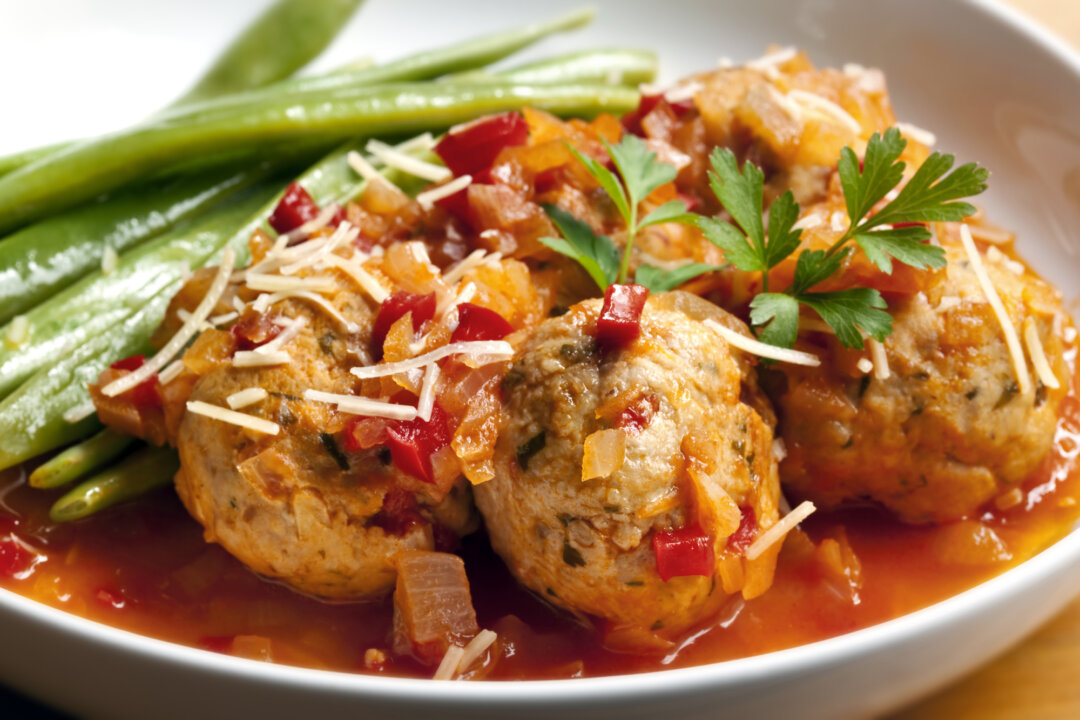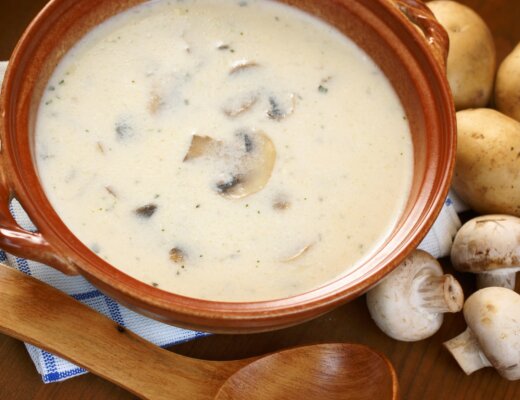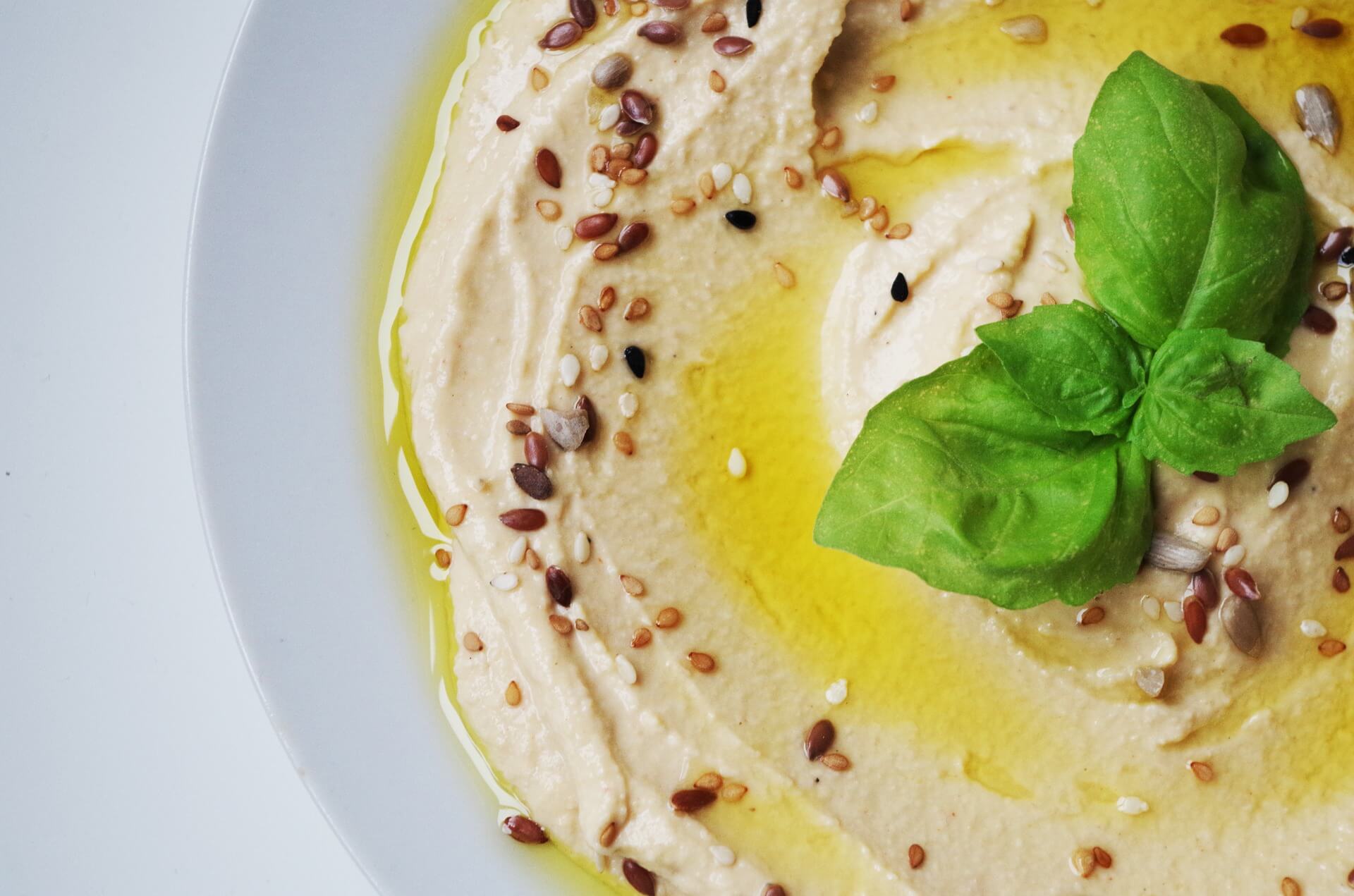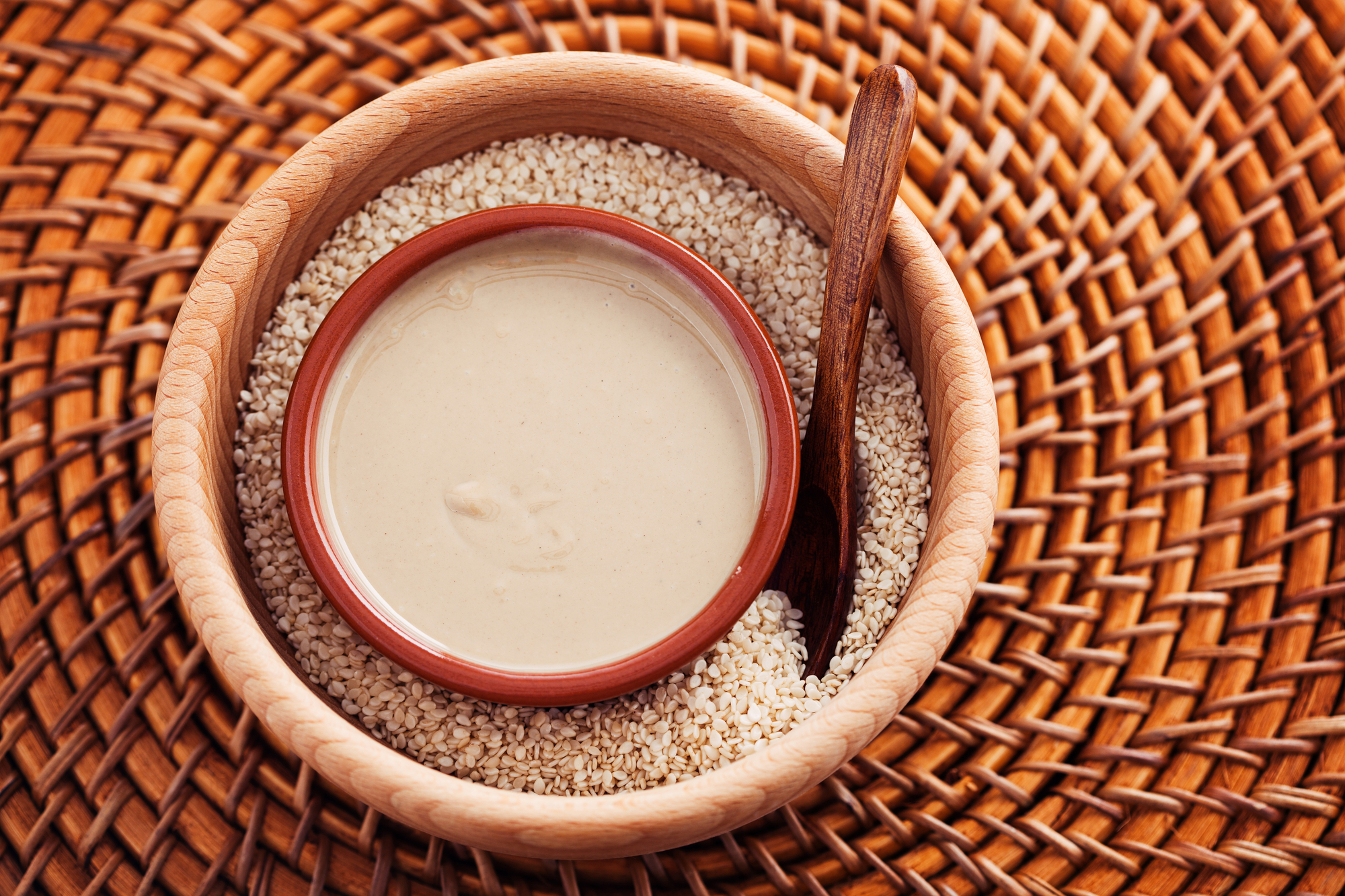Background of Chicken Meatballs
Chicken meatballs are a versatile comfort food enjoyed worldwide in cultures from Sweden to the Middle East to Asia. Their popularity likely stems from the ease of shaping ground or minced chicken into balls combined with bold flavors from spices, herbs, and sauces. The history of meatballs shows their universal appeal as well as how they evolved across cuisines over time.
Early forms of meatballs have existed for millennia as a way to extend small amounts of meat by mixing with starches and binding ingredients. In ancient Rome, pila was made by combining meat with pine nuts, spices, and egg. The Middle Ages saw Arabic kofta emerge which mixed ground meat with herbs and spices. Kofta and other early meatballs were often shaped into small patties or disks rather than balls.
Meatballs appeared in Chinese cooking by the 13th century during the Yuan Dynasty. Fish and meatballs seasoned with salt and pepper were common street vendor foods. In Europe, early meatball recipes surfaced in the renowned 14th century cookbook Le Viandier written by Guillaume Tirel. Veal and chicken meatballs mixed with egg and herbs were fried in oil and served with verjuice sauce.
Swedish-style meatballs, or köttbullar, trace back to King Charles XII in the early 1700s. The history indicates he liked kåldolmar, cabbage stuffed with a mix of meats. This evolved into rolled meatballs served with cream sauce as köttbullar. Traditionally the meat included beef and pork, but later chicken was incorporated as the main protein.
Italian-American style meatballs emerged in the 20th century as Italian immigrants adapted Old World recipes to ingredients available in the U.S. Using breadcrumbs as a binder stretched the meat and made it more tender when shaping into balls. Serving meatballs with tomato sauce became iconic stateside. Asian cultures also shaped meatballs using fish, chicken, or pork such as Chinese lion’s head meatballs and Vietnamese spiced pork nems.
The technique of making meatballs allows for creativity across cuisines. When making chicken meatballs, consider the following elements for texture, flavor, and cohesion:
– Ground vs. Minced Chicken – Ground chicken has a pasty texture that holds together well for meatballs. Minced chicken has a looser crumbly texture allowing more browning but requiring more binder.
– Binders – Binder helps the meatballs hold their shape and stay tender. Eggs provide adhesion and richness. Breadcrumbs absorb moisture and add soft texture. Quick oats also help bind without drying them out.
– Seasonings – Herbs, spices, garlic, onions, etc. customize flavor profiles from Mediterranean to Asian. Season when mixing to distribute evenly.
– Mix-ins – Grated cheese, sautéed vegetables, and even grains can be folded into chicken for variety. Mix-ins add more texture and complexity.
– Resting – After mixing, chilling the meatball mixture for 30+ minutes firms up the binder so balls hold together better. Resting allows flavors to meld as well.
– Shaping – For consistent sizes, use a scoop to portion meatballs before rolling by hand. Chilling them again after shaping helps them further set.
– Cooking Method – Pan frying, baking, or simmering in sauce all work. Frying crisps the outside first. Baking disperses heat gently and evenly. Simmering poaches meatballs, keeping them tender.
– Sauce Pairings – From tomato sauce to gravy to curry, sauces can provide a flavor boost. Sauce helps keep meatballs stay moist as they cook too.
Chicken meatballs are highly adaptable as their history across cultures shows. Keeping the right meat-to-binder ratio and adding flavor creates tender, juicy meatballs full of personality. Whether enjoying Italian-style in marinara or Swedish-inspired with creamy gravy, chicken meatballs are a hearty, comforting meal. Their versatility will likely continue the meatball’s long, evolving history across food cultures.
Ingredients
1 slice white sandwich bread crusts removed and torn into small pieces
3 tablespoons whole milk
1/2 cup finely grated Parmesan cheese
1 large egg
3 tablespoons finely chopped fresh chives
2 tablespoons finely chopped fresh parsley leaves
1 large garlic clove, minced
1/2 teaspoon dried oregano
1/2 teaspoon kosher salt
1/4 teaspoon freshly ground black pepper
1 pound ground chicken
2 tablespoon olive oil
Equipment
Measuring cups and spoons
Large bowl
Whisk
Chef’s knife
Rimmed baking sheet
Large frying pan
Straight-sided large skillet or Dutch oven
Instructions
To make the panade, combine the bread and milk in a large bowl. Let sit until the bread is saturated, 2 to 3 minutes.
Add the Parmesan, egg, chives, parsley, garlic, oregano, salt, and pepper. Whisk until well-combined.
Add the ground chicken and mix with your fingertips until just combined. Do not mash the meat or overwork the mixture, or else the meatballs will be dry and tough.
Form the mixture into 1 1/2-inch meatballs (about 2 tablespoons each) and place on a rimmed baking sheet.
Heat the oil in a large frying pan over medium heat until shimmering. Add the meatballs, making sure not to crowd the pan and working in batches if needed. Cook, turning every minute, until browned all over, 3 to 4 minutes. Transfer to a large skillet with high sides or Dutch oven.
Add the sauce, stir to combine, and bring to a simmer over medium heat. Simmer until cooked through and an instant-read thermometer registers 165°F, 5 to 7 minutes.
Serve the meatballs and sauce over pasta, on polenta, or in a hoagie roll as a meatball sub.




